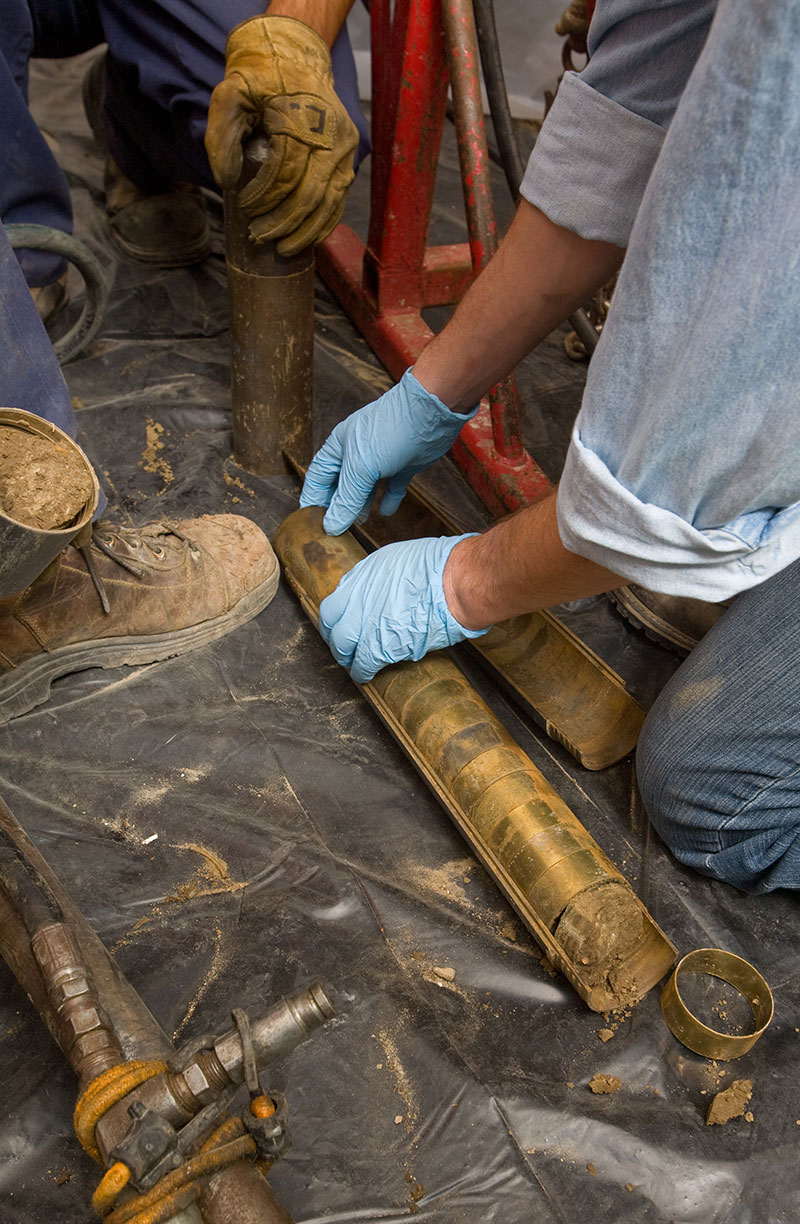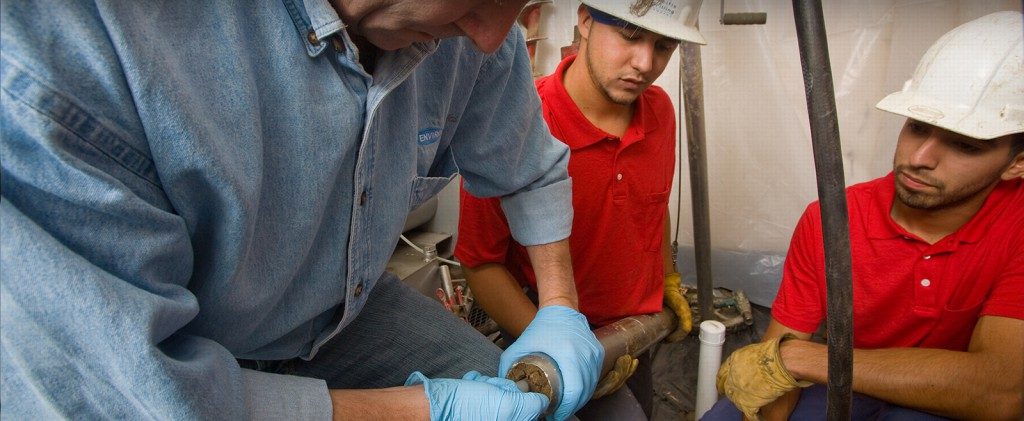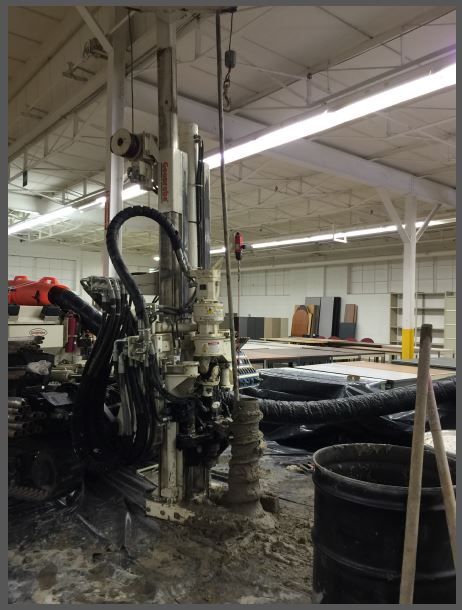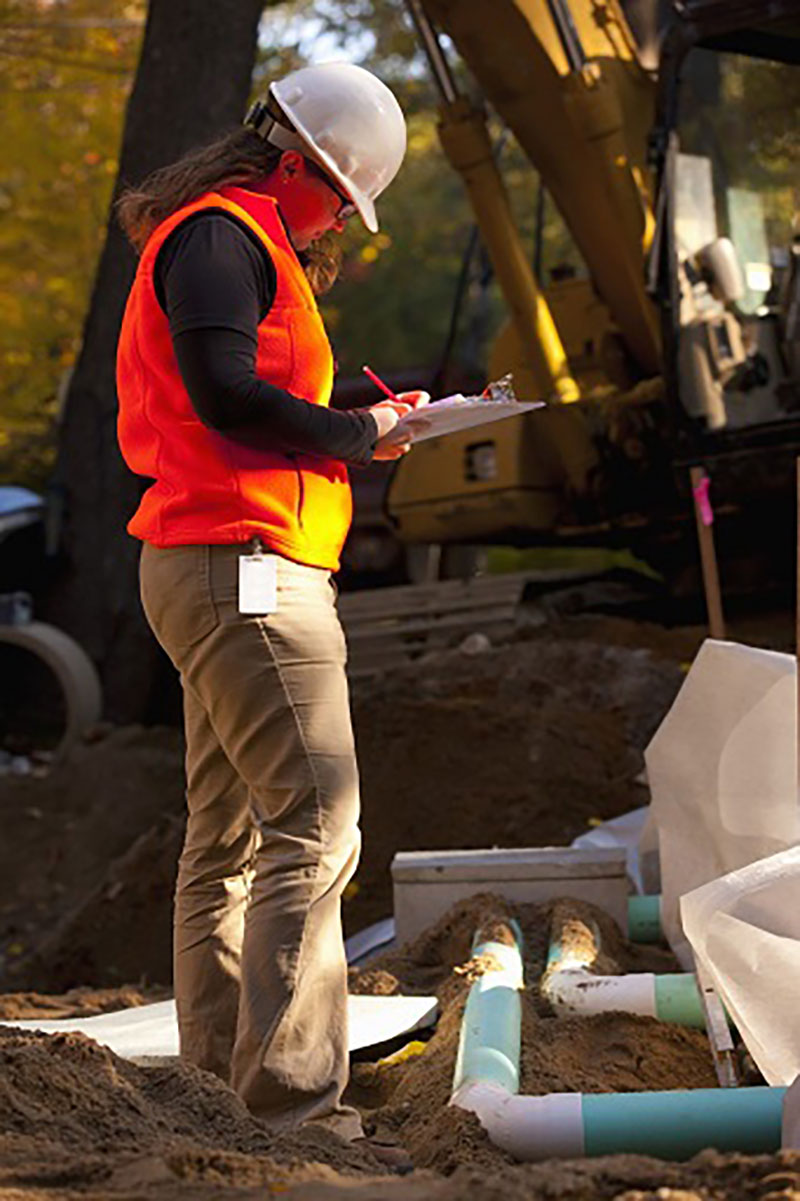UPDATED
The County of Blackford has experienced alarming statistics in cancer and other serious health ailments cases in recent history. For 2003-2007, Blackford County’s cancer rate was higher than any other County in Indiana, and it is still within the top percentile. In 2009, Blackford County Concerned Citizens (BCCC) formed when local residents that have grown up and/or lived in Blackford County most of their lives aimed to address the high rates of cancer and neurologic diseases cases within Blackford County. Their primary mission is “to improve the quality of life of Blackford County’s residents by reducing the incidence of diseases, primarily through citizen action, and advocating to have diseases investigated.”
In 2014, the BCCC partnered with the Hoosier Environmental Council (HEC) and other environmental specialist organizations to evaluate if there’s a link between existing contamination and the serious illnesses. That’s where EnviroForensics stepped in. Alongside EnviroForensics, Pine Environmental Services, Inc., SCS Environmental Contractors, Inc. and Envision Laboratories, Inc. generously donated their time and resources to help the BCCC and HEC with these investigations.
The HEC reports that Blackford County has a long history of industrial operations that produced hazardous waste, such as lead oxide and arsenic, which could be a contributing factor to current health concerns among its residents. In the 1900s, there were glass factories that used arsenic and lead oxide in their process. Lead oxide was used to enhance the look and make the glass easier to melt. Arsenic helped clear the glass of bubbles and discoloration. However, both lead oxide and arsenic are toxic heavy metals that are harmful to human body nervous system, especially young children. Arsenic is a known carcinogen; exposure is often associated with an increased risk of cancer of the lung, bladder, kidney and skin. Some studies have suggested that it also has an association with colon, prostate and liver cancers.
Since there were no handling or waste disposal regulations for materials containing these toxins in the early 20th century, hazardous materials and waste often were haphazardly discarded, resulting in contaminated soil. The toxins typically concentrated near the ground surface where chances of human exposure through direct contact is most likely.
During the HEC study, EnviroForensics assisted in evaluating historical resources to identify the precise locations of these historical industrial operations. HEC identified numerous old glass factories and gained access for testing soils at three (3) locations for the presence of lead and arsenic. EnviroForensics devised a Sampling and Analysis Plan that included collecting up to twenty, 2-foot long soil cores per Site for analysis of lead and arsenic. On April 17, 2015, Darci Thomas and Michele Murday of EnviroForensics spent the day at the three (3) Blackford County locations collecting soil cores, and geocoding each sample location by GPS. The sampling was completed courtesy of SCS Environmental Contractors, Inc. using a track-mounted direct-push coring machine. A total of 42 soil cores were collected and brought back to the EnviroForensics warehouse for preparation to be analyzed with an X-Ray Fluorescence (XRF) instrument, courtesy of Pine Environmental Services, Inc. The following week, as a quality control measure, 16 soil samples were selected for laboratory analysis of lead and arsenic by Envision Laboratories, Inc., per U.S. EPA SW-846 Method 6010B. All data was recorded on spreadsheets and maps were produced for each property with all corresponding sample locations. All of the raw data was then provided to HEC for further analysis and consideration.
HEC presented preliminary findings to the BCCC at a local meeting on April 25, 2015. In June, HEC released further results in a press release, reporting that soil samples from Montpelier and Hartford City’s Southside Elementary School contained about the same levels of arsenic and lead as soil generally does in that part of Indiana. But, “A few deposits of arsenic and lead were found at Hartford City’s baseball field, high enough to exceed Indiana’s residential standard, but well within the standard for recreational fields.”
“Dr. Indra Frank, environmental health project director with the Hoosier Environmental Council, said that while levels are acceptable according to state standards, they are high enough to exercise caution when at the baseball fields. Dr. Frank recommends parents do a few simple things to limit exposure to the soil:
· Don’t let children get the soil in their mouths
· After spending time there, wash your hands and children’s hands
· Wash clothes that have soil on them (like baseball uniforms)
· Leave shoes that have been to the site at the door, don’t wear them into your home
“Dr. Frank indicated that while sports are fine at the site, the Hartford City property that has the Babe Ruth field should not be used for housing or growing food crops in the future unless the soil is remediated. Additional soil tests are planned to better define the locations of the heavy metals.”
In an interview with EnviroForensics, Dr. Frank says residential sites near the baseball fields should also be tested, and she thanked EnviroForensics for what she called “a tremendous service to Blackford County.”
EnviroForensics is honored to have been asked to be part of such an important study, and we look forward to continued participation in support of HEC and the people of Blackford County, Indiana.








 Teamwork by Klinke Cleaners, Wisconsin DNR and Wisconsin environmental consultants Enviroforensics keys successful dry cleaner cleanup
Teamwork by Klinke Cleaners, Wisconsin DNR and Wisconsin environmental consultants Enviroforensics keys successful dry cleaner cleanup

 The headquarters building of Klinke Cleaners is located at the site of the Klinke family’s first business — Klinke Hatcheries — that Maurice and Trudy Klinke opened in the 1930s. The Klinkes pioneered coin-op laundries and self-serve drycleaners in the 1950s and 60’s, and opened their first full-service drycleaners in Madison in 1969. Now, the third generation of the Klinke family operates 21 drycleaning locations in greater Madison and Milwaukee.
The headquarters building of Klinke Cleaners is located at the site of the Klinke family’s first business — Klinke Hatcheries — that Maurice and Trudy Klinke opened in the 1930s. The Klinkes pioneered coin-op laundries and self-serve drycleaners in the 1950s and 60’s, and opened their first full-service drycleaners in Madison in 1969. Now, the third generation of the Klinke family operates 21 drycleaning locations in greater Madison and Milwaukee.